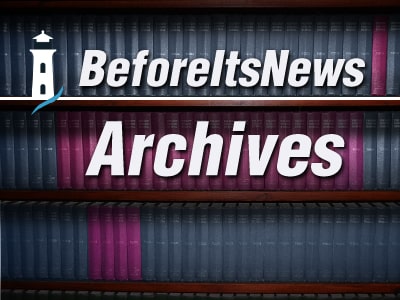A Glimpse of Iranian Pop Music Industry

In the mid-20th century, there were different kinds of traditional music styles in Iran, yet from the 1950s, performers started adopting Western melodic styles and instruments. By the 1970s, a solid pop industry had arisen – alongside a core repertoire of nostalgic love melodies – and this was the music that the vast majority tuned in to when old-style music was progressively viewed as distant from a modernizing nation.
Iranian popular music drew – and draws – on components from folks and classical style conventions, however utilizing Western instruments, for example, electric guitar, keyboard, bass, and drums. Its stars are solely singers, and their repertoire to a great extent contains love melodies and nostalgic ballads.
With the prohibition of all pop music, both Iranian and Western, after the 1979 Revolution, numerous Iranian artists left the nation and settled in Europe or North America. The greatest flood was to Los Angeles – Tehrangeles to the million-in number migrant Iranian populace – where a flourishing music landscape has developed.
Since 1998 following the appointment of reformist President Khatami in May 1997, limitations on pop music in Iran have facilitated impressively. There is currently an enormous number of local pop artists and groups whose music is accessible on commercial recording just as through the broadcast media and public concerts, in spite of the fact that acquiring government consent for the last can be problematic.
With Iran’s developing youth culture – and remembering that an expected 70% of the populace is younger than 30 – this “new pop” music has picked up an impressive following. There is likewise a developing grass-roots rock music scene, albeit just a few groups have figured out how to gain government consent to record and perform in public. In 2002, the site tehranavenue.com facilitated the first on-line rock music competition (“UMC,” trailed by another in 2004), which served to be pivotal in promoting and disseminating local pop music.
Pop Artists
The most well-known pre-Revolution pop vocalist was Googoosh – who decided to remain in Iran despite the fact that she couldn’t perform there. In 2000, Googoosh left Iran and, after over twenty years of silence, toured North America and Europe, performing to blissful crowds in stuffed arenas and show lobbies. She presently lives in Los Angeles. Other significant artists, who moved to Los Angeles and have kept the old ballad tradition alive in performance and studio records, included in that group is arguable the biggest Iranian male artist in history, also known as Mr. Voice and widely considered the father of the nation, Ebi. In 2014, the two globally renowned Iranian pop artists took the world by storm with their incredible feature song ‘Nostalgia,’ and subsequent World tour, which was the first time the two legends shared a stage in almost 40 years.
Ebrahim Hamedi, known as “Ebi” to his millions of fans over the world, with an unfathomably ground-breaking voice, has emerged as the Legendary Iranian Singer for the ages. Throughout 50 years of his musical journey, Ebi has released more than 30 albums and more than 100 singles.
With the amazing association with his fans, Ebi is beyond a Pop Icon, however a symbol of peace and freedom for his people in Iran. Since the Islamic revolution, Ebi’s music has been made illegal to be played in Iran, yet his crowd is ever growing, both inside and outside of his birth country, which strengthens Ebi’s ever-present desire to remain loyal to his fan base. This is further manifested by fifty years of touring the globe, performing for a record number of fans. His top-selling concert tours sell out the absolute loftiest venues on the planet: including Wembley Stadium, Sydney Opera House, Air Canada Center, Globen, Cologne Arena, Sony Center Toronto, Queen Elizabeth Theater, and Greek Theater Los Angeles.










